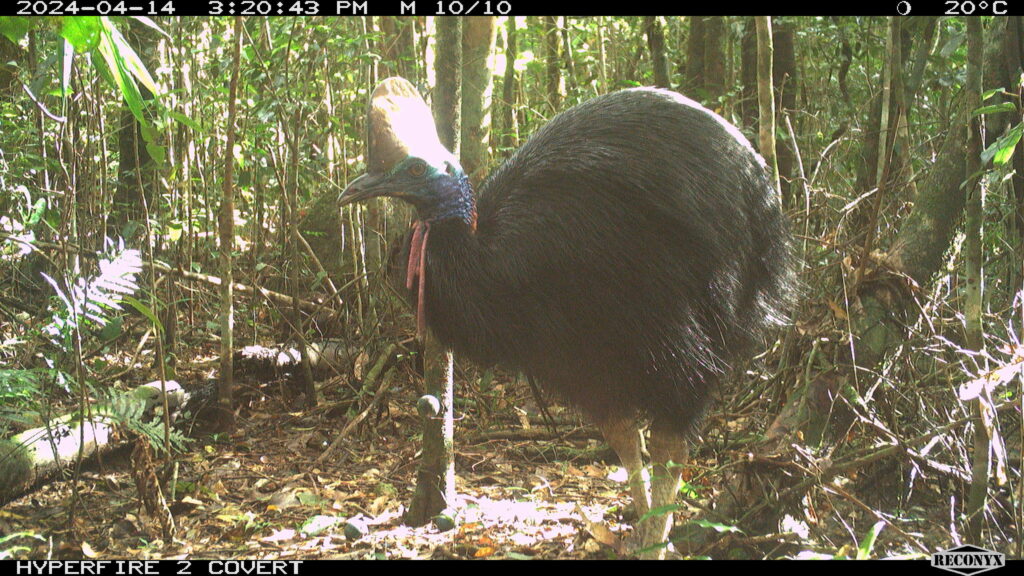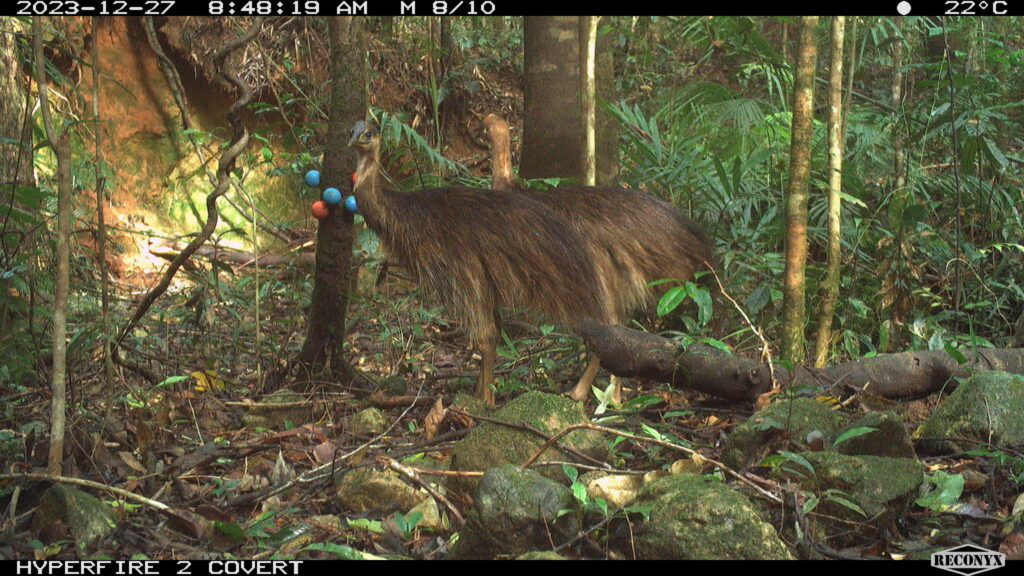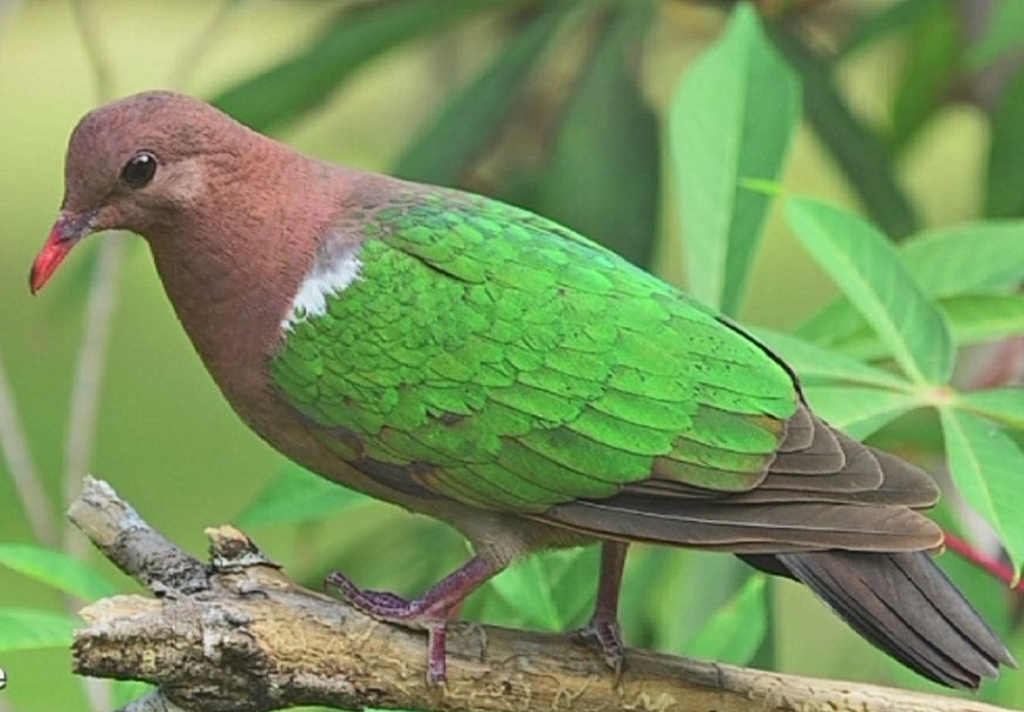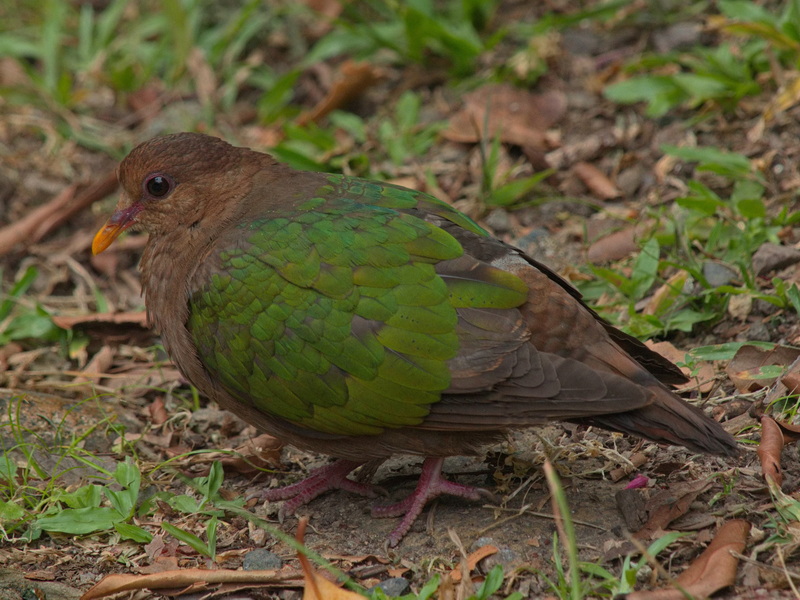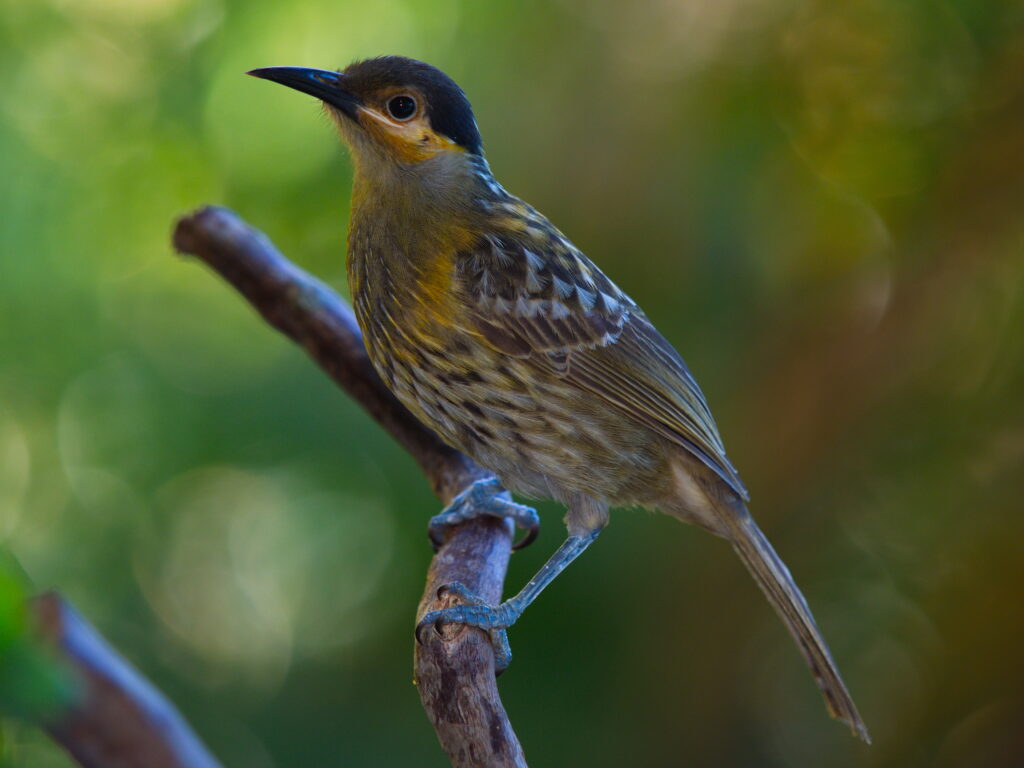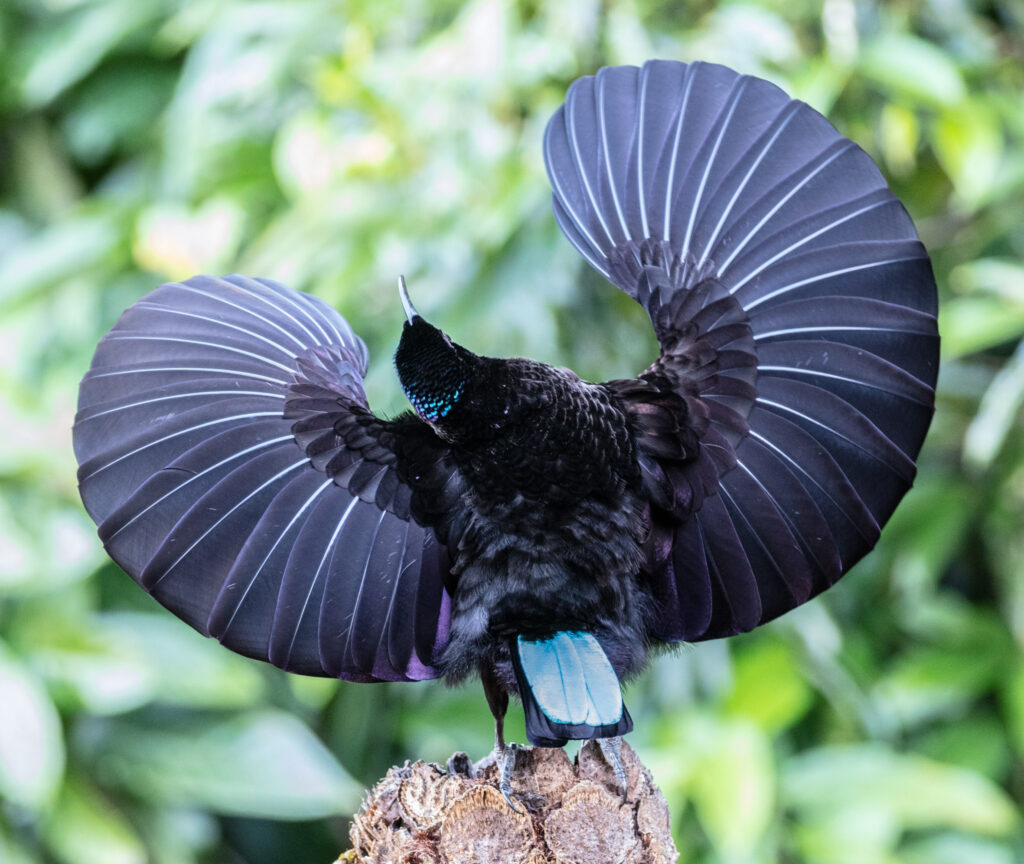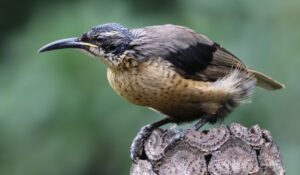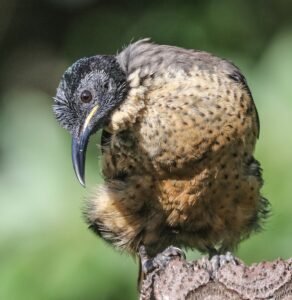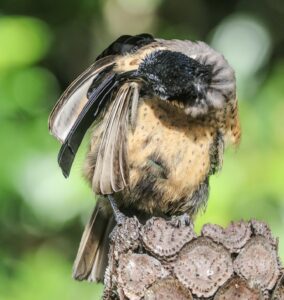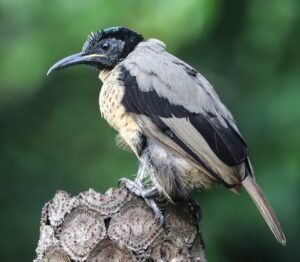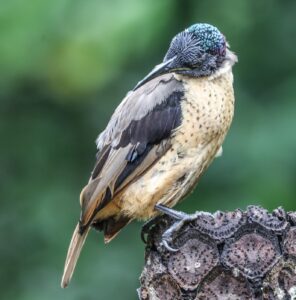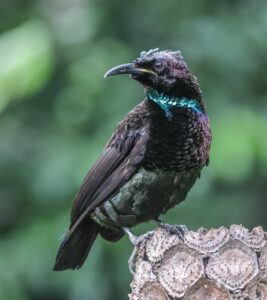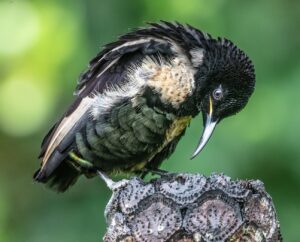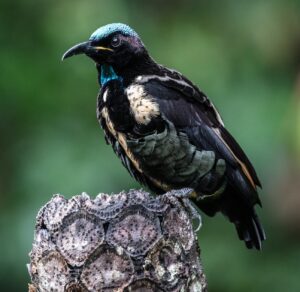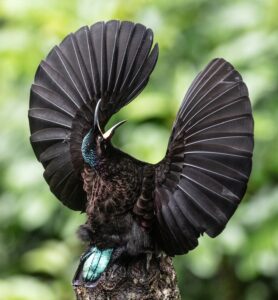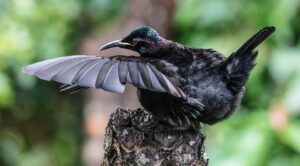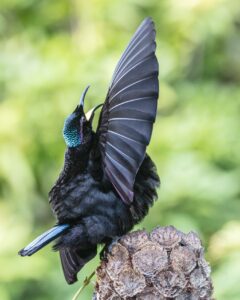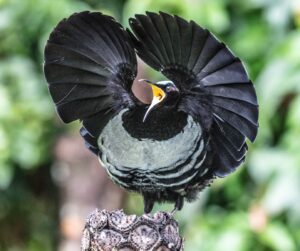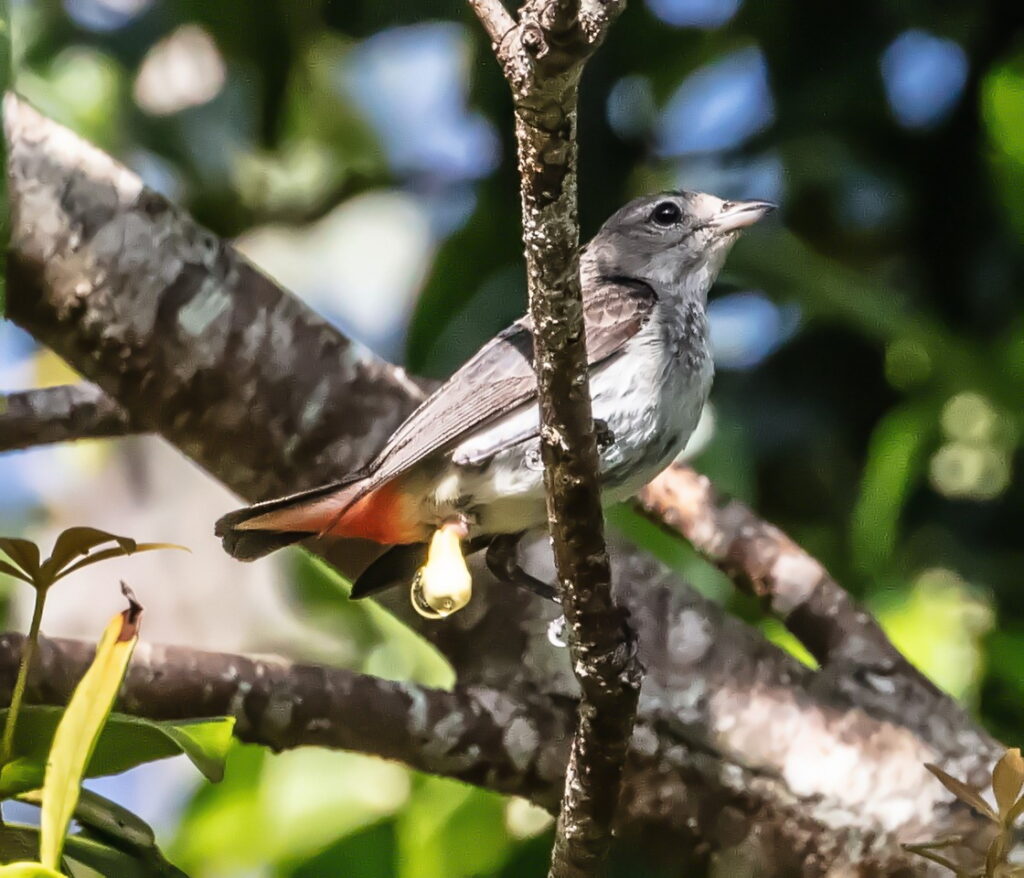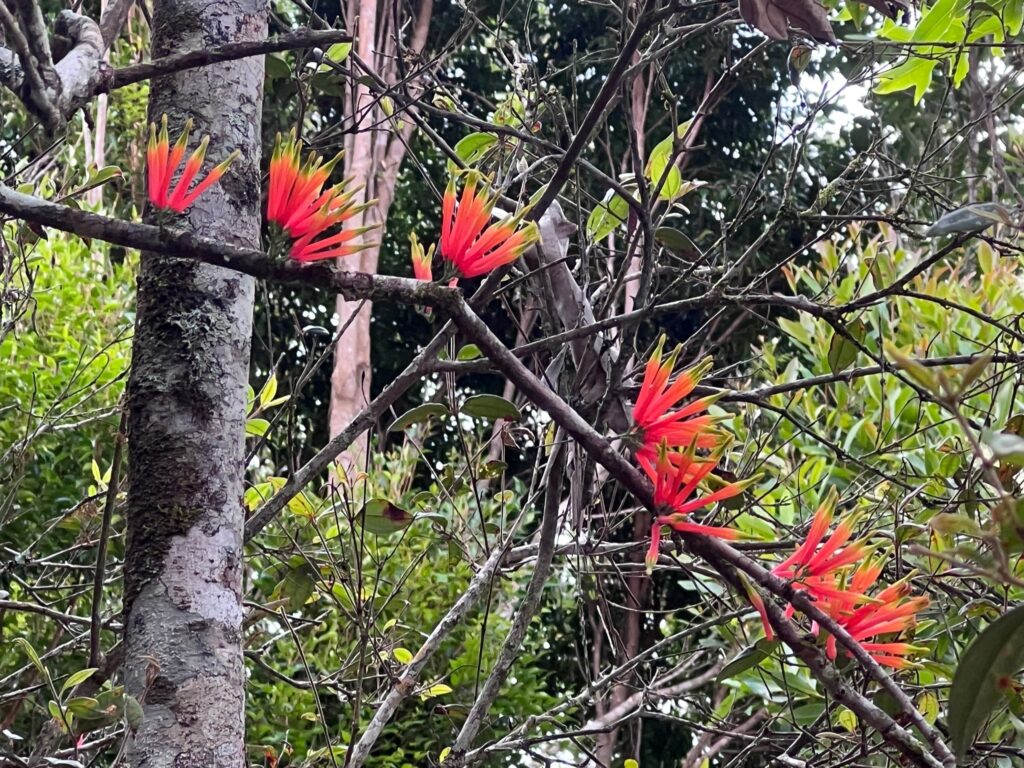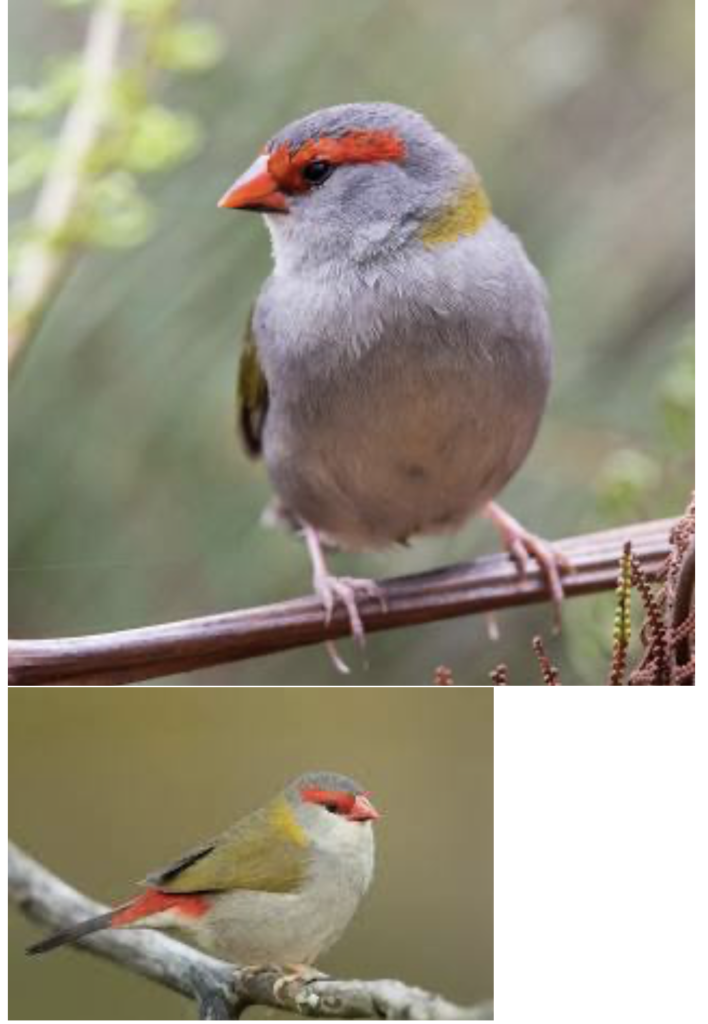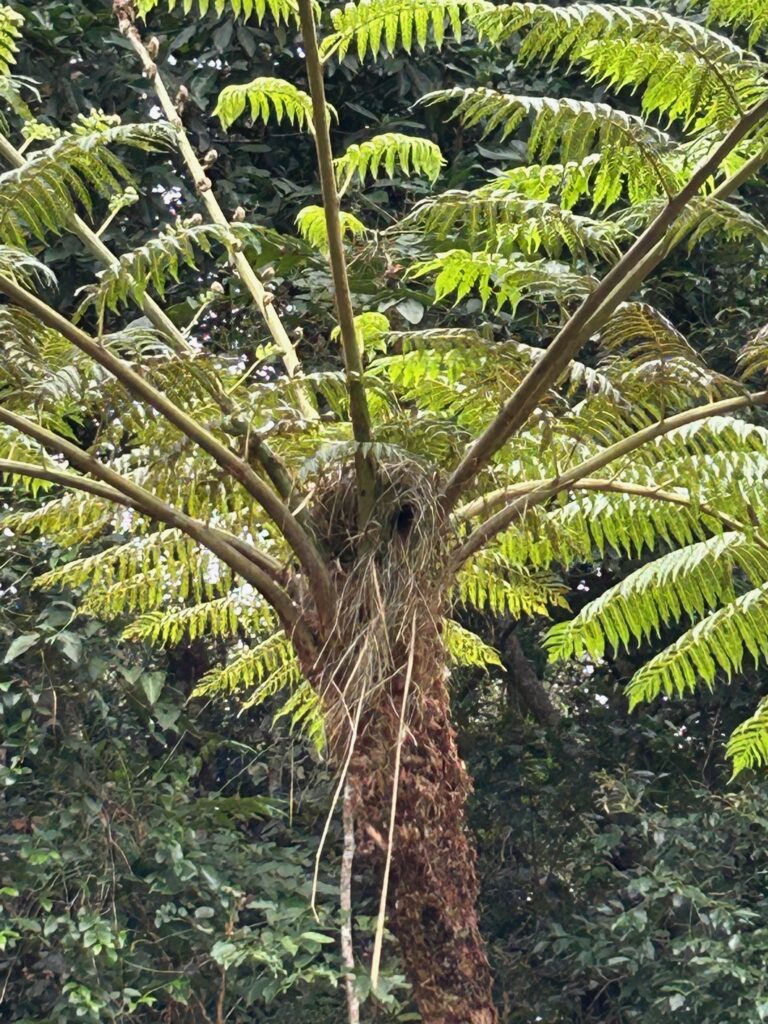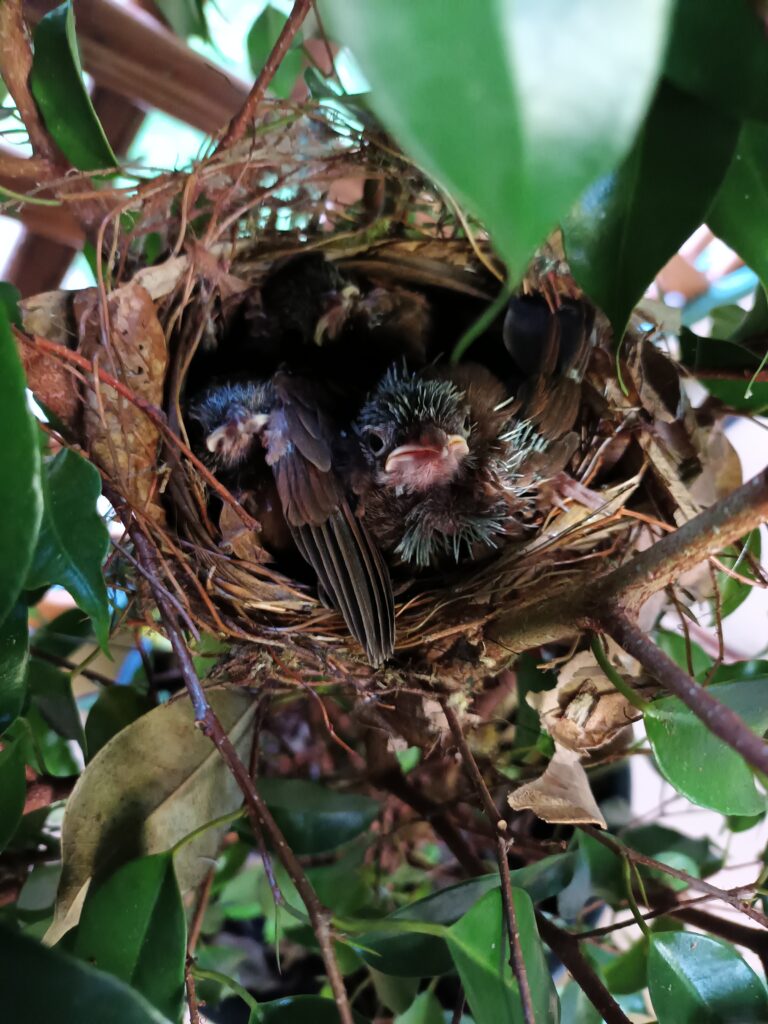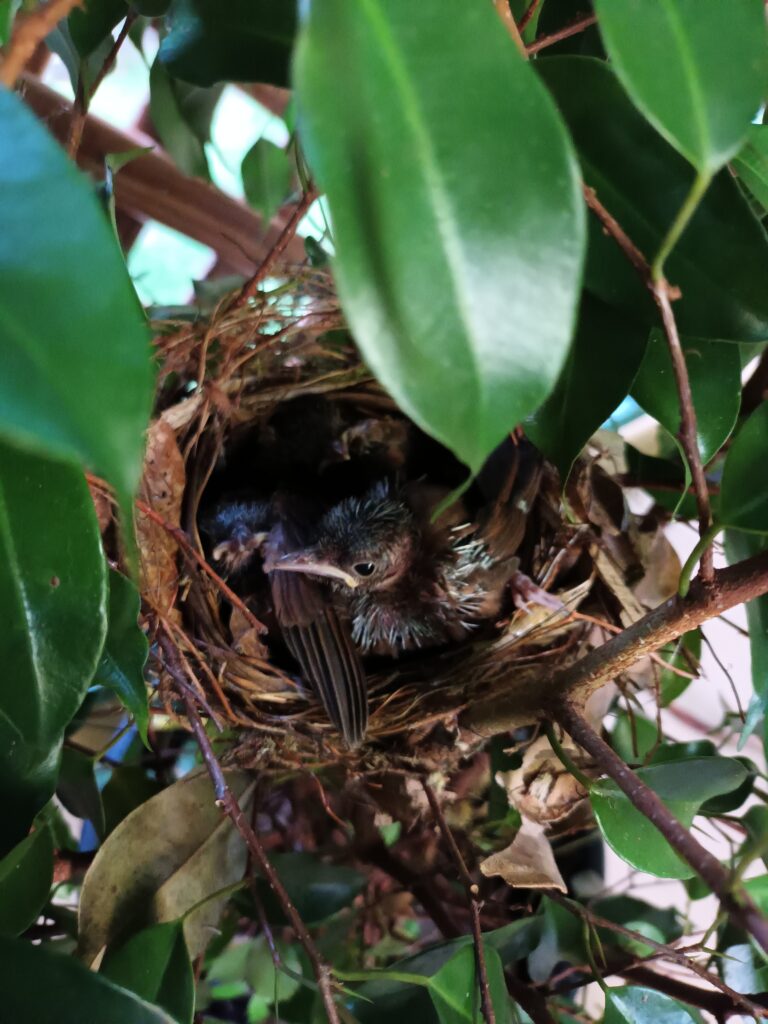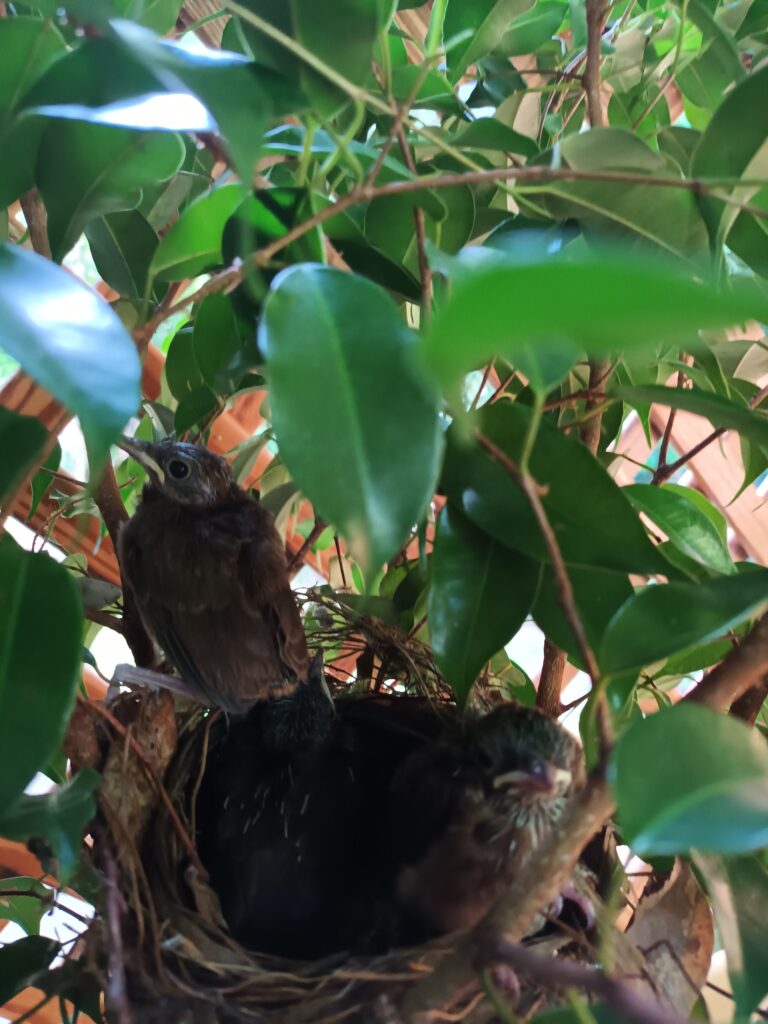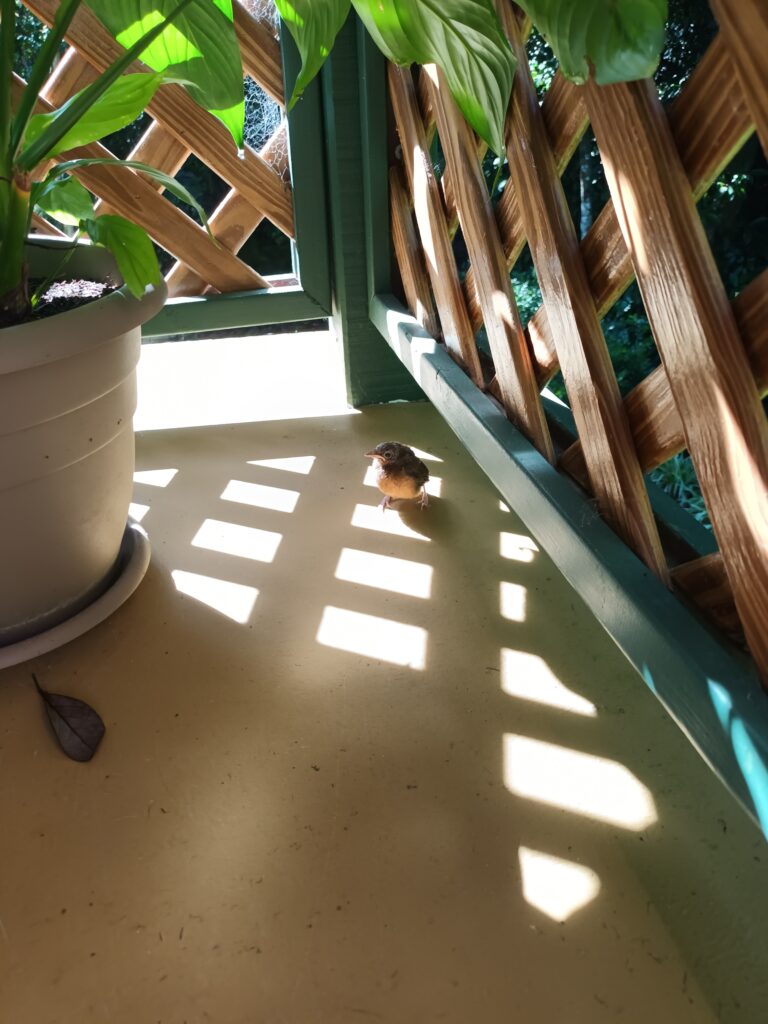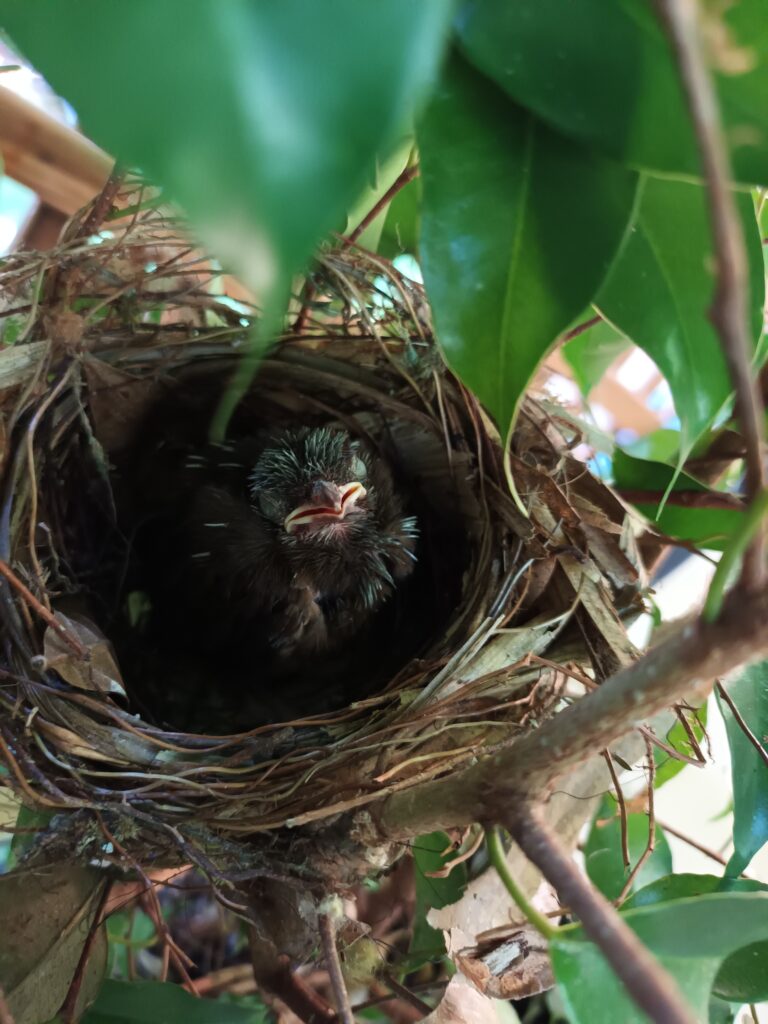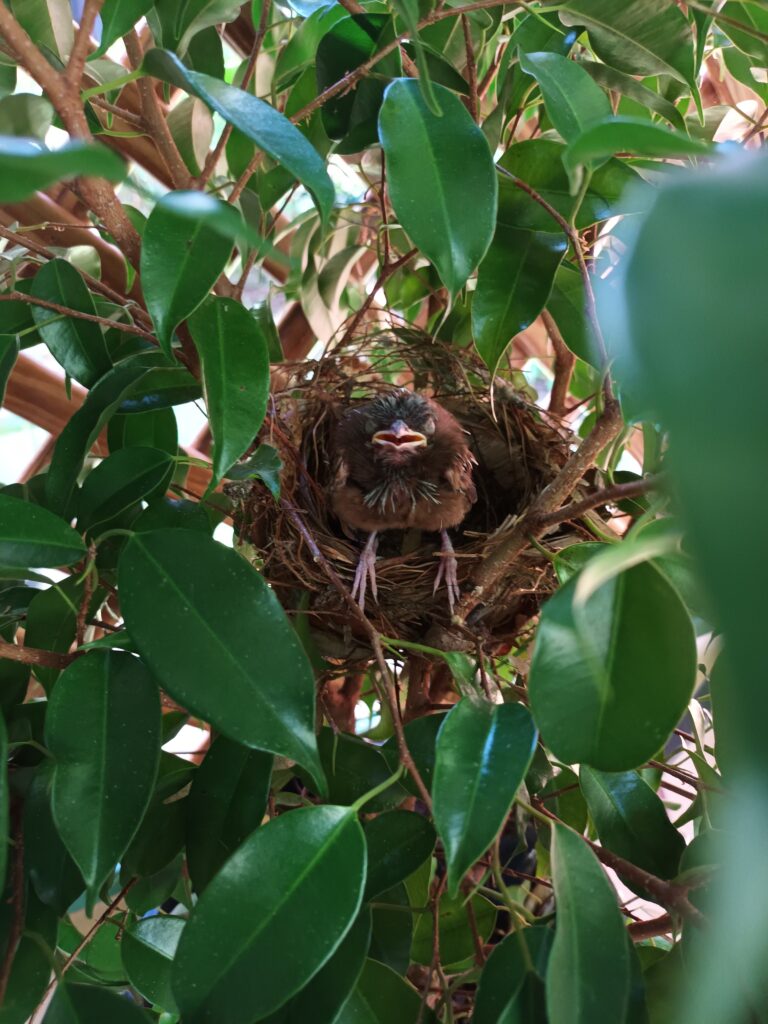One of the first rainforest birds I encountered when I first visited Paluma in the mid 70’s was the ubiquitous Lewin’s honeyeater (Meliphaga lewinii). One was picking up crumbs from my scone at the Ivy cottage, while others were foraging in a bottle brush for insects or nectar from the flowers. At that stage I was confident in my identification, armed with a first edition of Slater’s Field Guide and assurances that no other similar species existed this high up on the range.
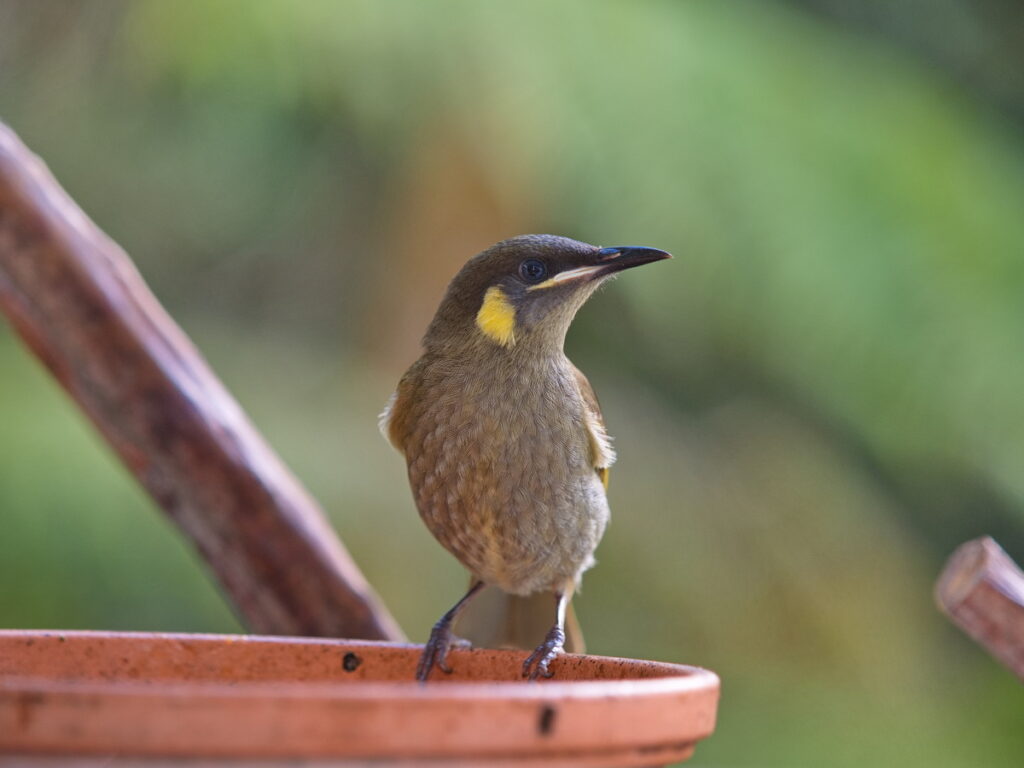
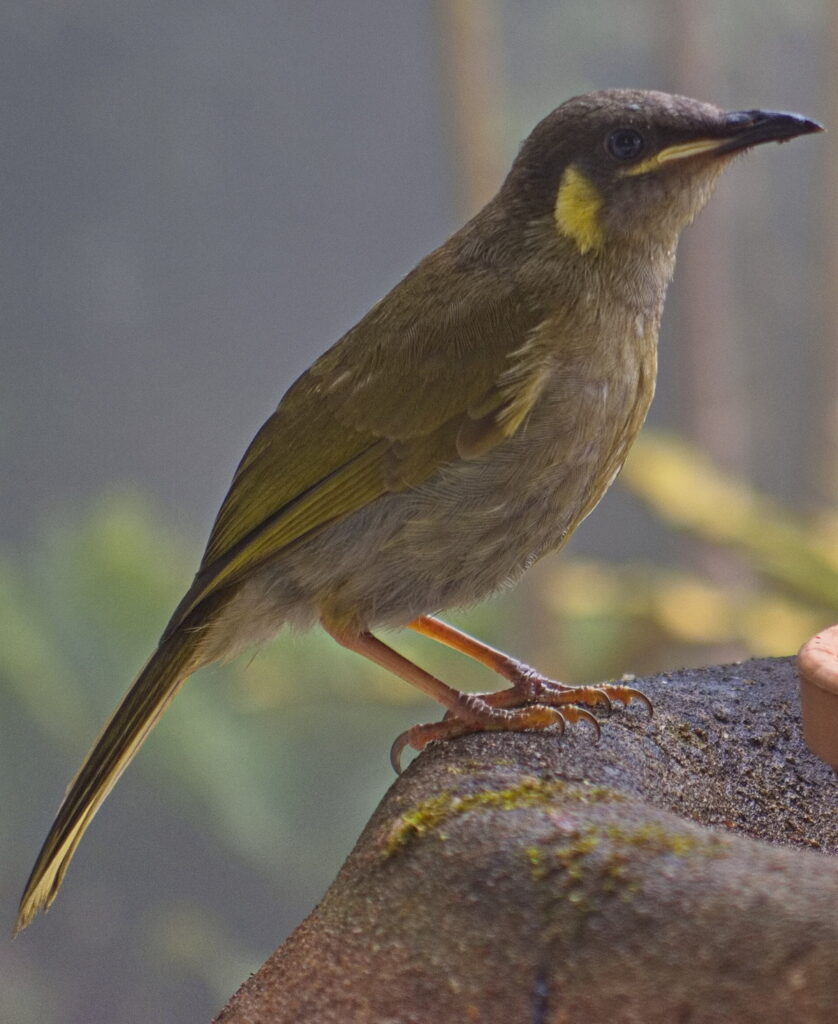
Virtually any bird-feeder in the village with fruit or other food on offer will attract these friendly and distinctive birds. The soft olive upper plumage, streaky breast and prominent yellow ear patch easily mark them out from the white-cheeked an Macleays honeyeaters that also do the rounds on village feeders. However, for dedicated birdwatchers keen to build an accurate list of bird species they have seen, life is not so straightforward. It turns out that there are two other species of yellow-eared honeyeaters that look almost identical. In some areas they don’t overlap with Lewin’s since they prefer low altitudes, but in Paluma the slightly smaller Yellow-spotted honey eater (Meliphaga notata) is recorded as a fairly common resident, while the even smaller Cryptic Honeyeater, Microptilotis imitatrix, (previously considered to be the Graceful Honeyeater M. gracilis) is an occasional visitor. While there are small but generally reliable differences in size between these species, and local but variable differences in plumage, some experts consider it impossible to distinguish between these species with 100% accuracy based only on field observations. Luckily their calls are very different. Lewin’s main call is a rapid monotonic staccato; the Yellow-spotted has a less rapid repeated call with varied pitch, while the Cryptic has a totally different non repeating call. Check out the calls recorded by Andree Griffin in Paluma many years ago to see if you recognise any of them. Lewins call should be very familiar. Based on these calls I know for certain that many of the birds at my feeder are Lewins, but while I have definitely heard the Yellow-spotted while out on walks I have never actually seen it call so I am reluctant to record this species on my life list.
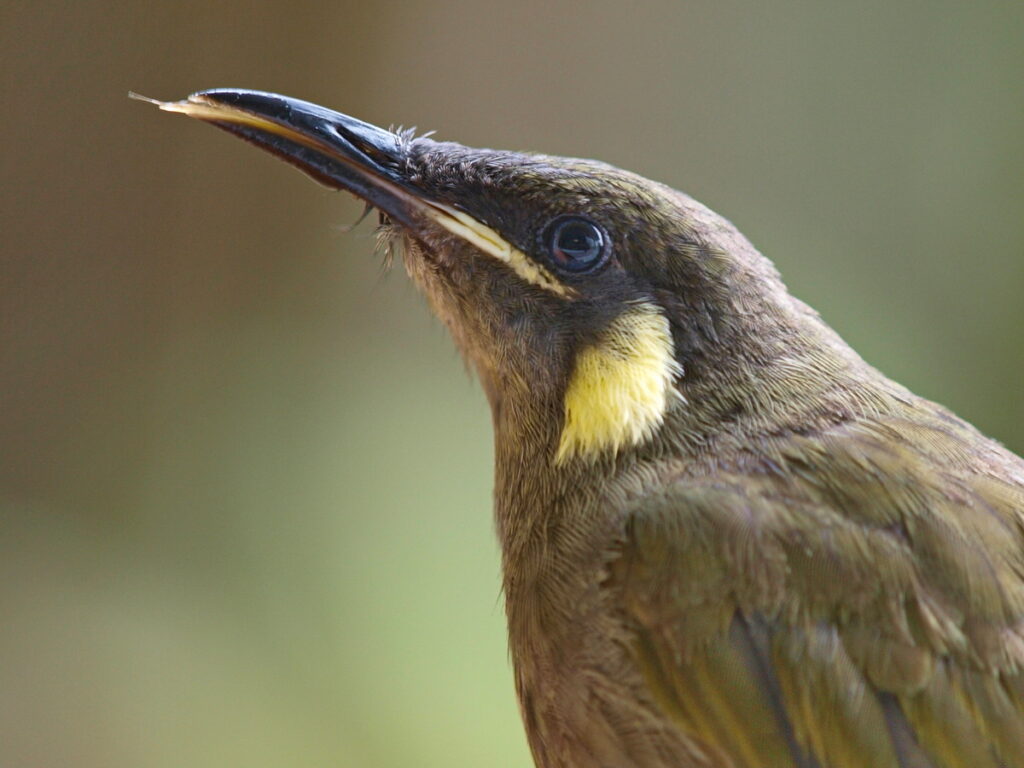
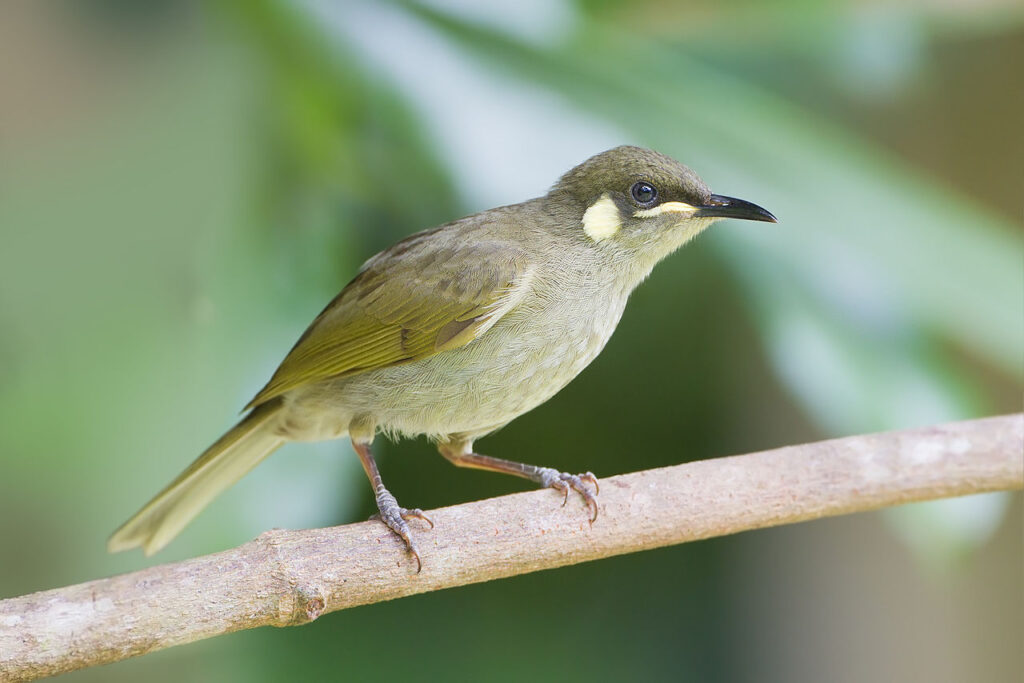
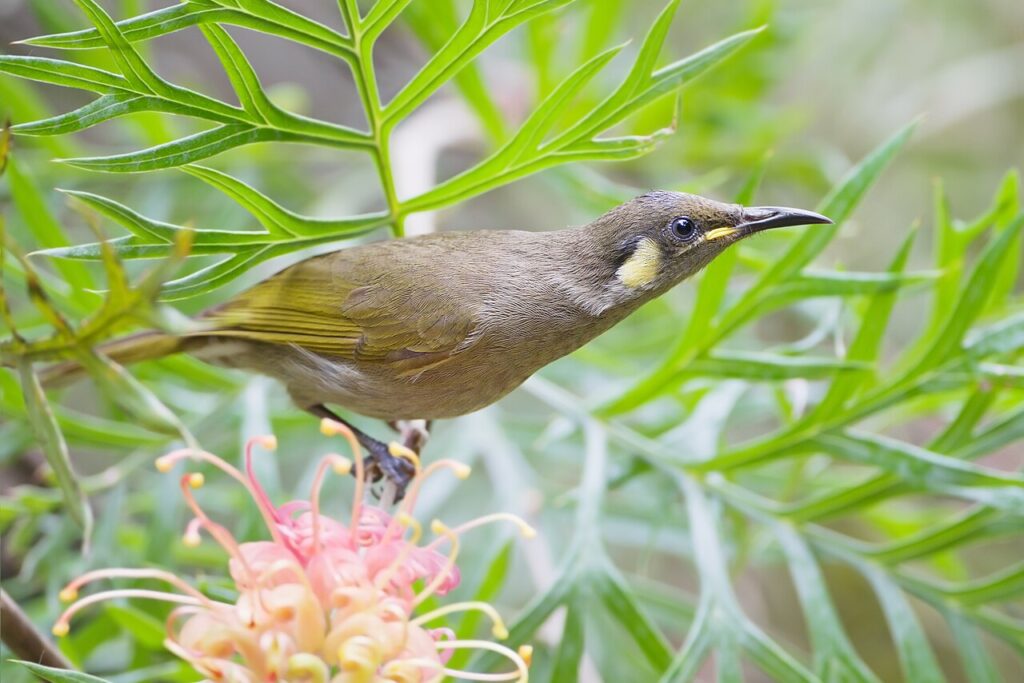
Lewin’s Honeyeater is named after John Lewin and the path to this bird’s current name is somewhat twisted. Lewin was an English-born natural history artist. He arrived in Australia in 1800 but despite his artistic skills, his books were not sufficiently popular to provide a livelihood for him and his family. However the then Governor of NSW (Macquarie), recognizing his potential to contribute to the colony, appointed him to the position of city coroner in order to provide a guaranteed income. His first book on birds (Birds of New Holland, 1808) included a new genus proposed by him: Meliphaga, derived from the ancient greek words meli (honey) and phagos (eating). This genus later lent its name to the entire family of Honeyeaters (Meliphagidae) which contains 174 species and 44 genera. The 1808 book included an illustraion and description of Meliphaga chrysotis (now M. lewinii) but in a later taxonomic revision in 1837, it was given a new name and genus which honoured Lewin’s contributon to Australian ornithology: Ptilotis lewinii. Finally, a later taxonomic review decided that it really belonged back in the genus Meliphaga and we arrive at its present name of Meliphaga lewinii.
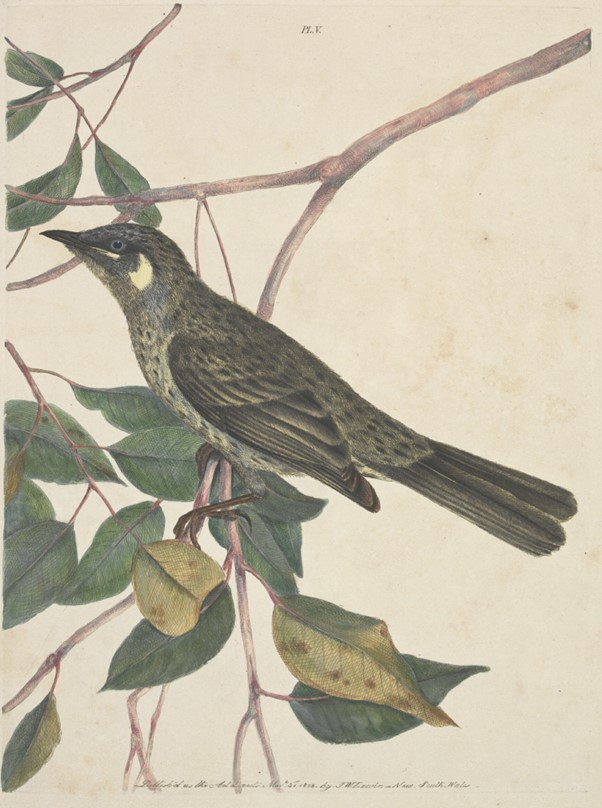
Lewin later published a book concentrating on birds of the colony (Natural History of Birds of NSW, 1813). This was the first illustrated book published in Australia, and is now among the rarest Australian books. A third edition of this book (1822) can be yours for only $75,000 – A bit more than the wage of a humble city coroner in the 1800’s! First editions are considered unprocurable at any price.
Text and photos (unless indicated) by Jamie Oliver

